Many busy campsites allocate you a pitch, putting their convenience ahead of your pleasure, denying you the smug feeling of a well-chosen aspect. Resist this, and seek out your own spot. Here are some criteria collated from the works of Horace Kephart, who was concerned with wild camping, and some observations of our own from more domesticated fields.
Find level ground. Consider shade and shelter. Ideally, a spot that gets plenty of sun in the morning to dry the tent.
And pick it clear of twigs, stones and anything that might rip the groundsheet or be uncomfortable to step or sleep on. You are about to embark upon a relationship with the earth, to go cheek-to-cheek with the land, don’t let anything get in the way of that intimacy.
Don’t be tempted to pitch under a tree, lured in by the promise of shelter. When it rains, the branches concentrate the water into a steady focused drip. Leaves fall and stain the flysheet and compromise the waterproofing. If branches break off, they could damage the tent or worse. Dead trees are always unsafe and potentially lethal.
Think carefully before pitching in the the woods. “The experienced man gives woods a rather wide berth,” wrote Thomas Holding. “Woods proper are more or less damp, and the pulpy decayed vegetation bottom gives very bad holding for pegs. In the next place, the tent should get all the sunshine possible, and a wood robs it of at least half of it.”
An open spot elevated above its surroundings gives you good natural drainage. Camp well above any chance overflow from the sudden rise of a neighbouring stream, and observe previous flood marks.
A good summer pitch may be unsuitable in winter, and vice versa. On warm days, the tent should be in a position to enjoy the breeze. But the same spot in the Winter could expose the camp to the prevailing wind.
Where is your campfire going? Can you leave plenty of room between the fire and the tent? And is the prevailing wind going to blow smoke toward the tent or away?
If camping in the wild, your first consideration is a supply of fresh water. Your second is good firewood. Look for rock faces to camp near. Pitch your tent a safe distance from the cliff in case of falling rocks, but set your campfire near to the cliff it so that the heat reflects back off the stone and into camp.
If pitching in the rain, confine the children to the car and give them more biscuits than they require.
At the entrance of the tent, fold back a yard or so of groundsheet, so that anyone entering from the wet will drip onto grass, and not your groundsheet. In Three Men and A Boat, Jerome K Jerome describes pitching a tent in the rain thusly: “It is soaked and heavy, and it flops about, and tumbles down on you, and clings around your head and makes you mad. The rain is pouring down steadily all the time. It is difficult enough to fix a tent in dry weather: in wet, the task becomes herculean. Instead of helping you, it seems to you that the other man is simply playing the fool. Just as you get your side beautifully fixed, he gives it a hoist from his end, and spoils it all.”
The most difficult aspect of pitching a tent in the rain is keeping your temper.
The most difficult aspect of pitching a tent in the rain is keeping your temper.

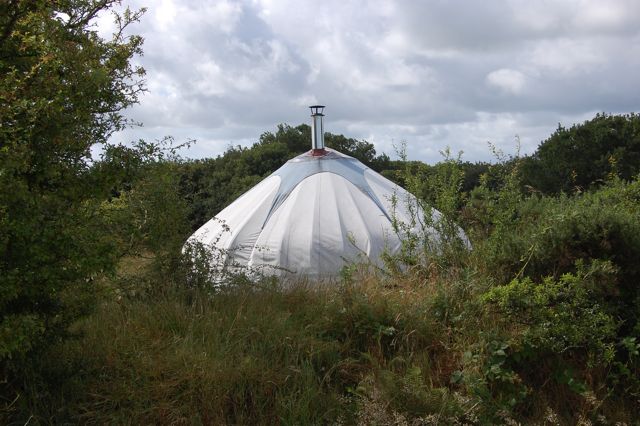
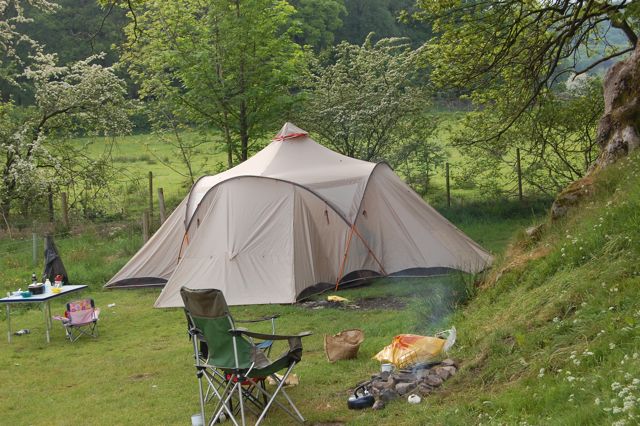
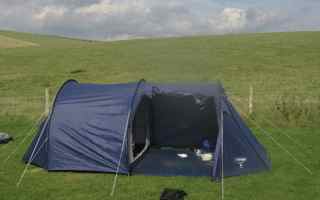
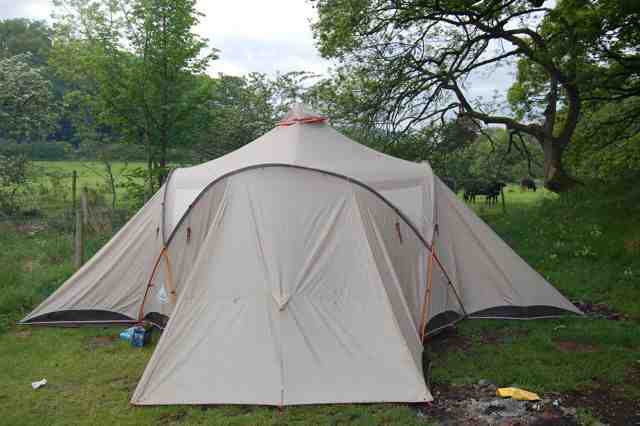
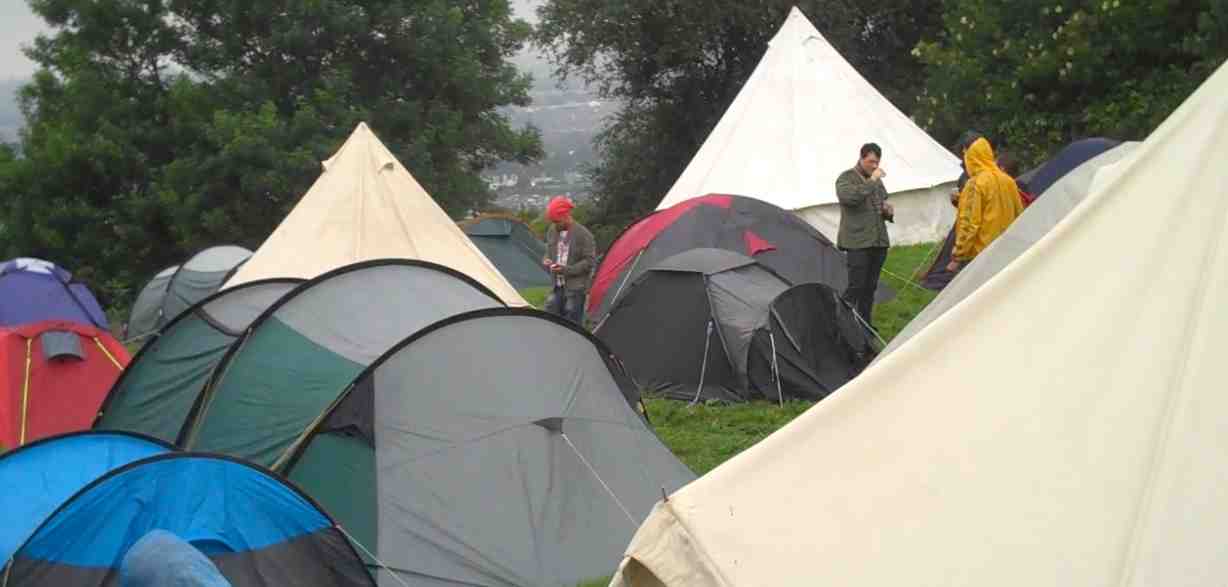
“If pitching in the rain, confine the children to the car and give them more biscuits than they require.” – I like that 🙂